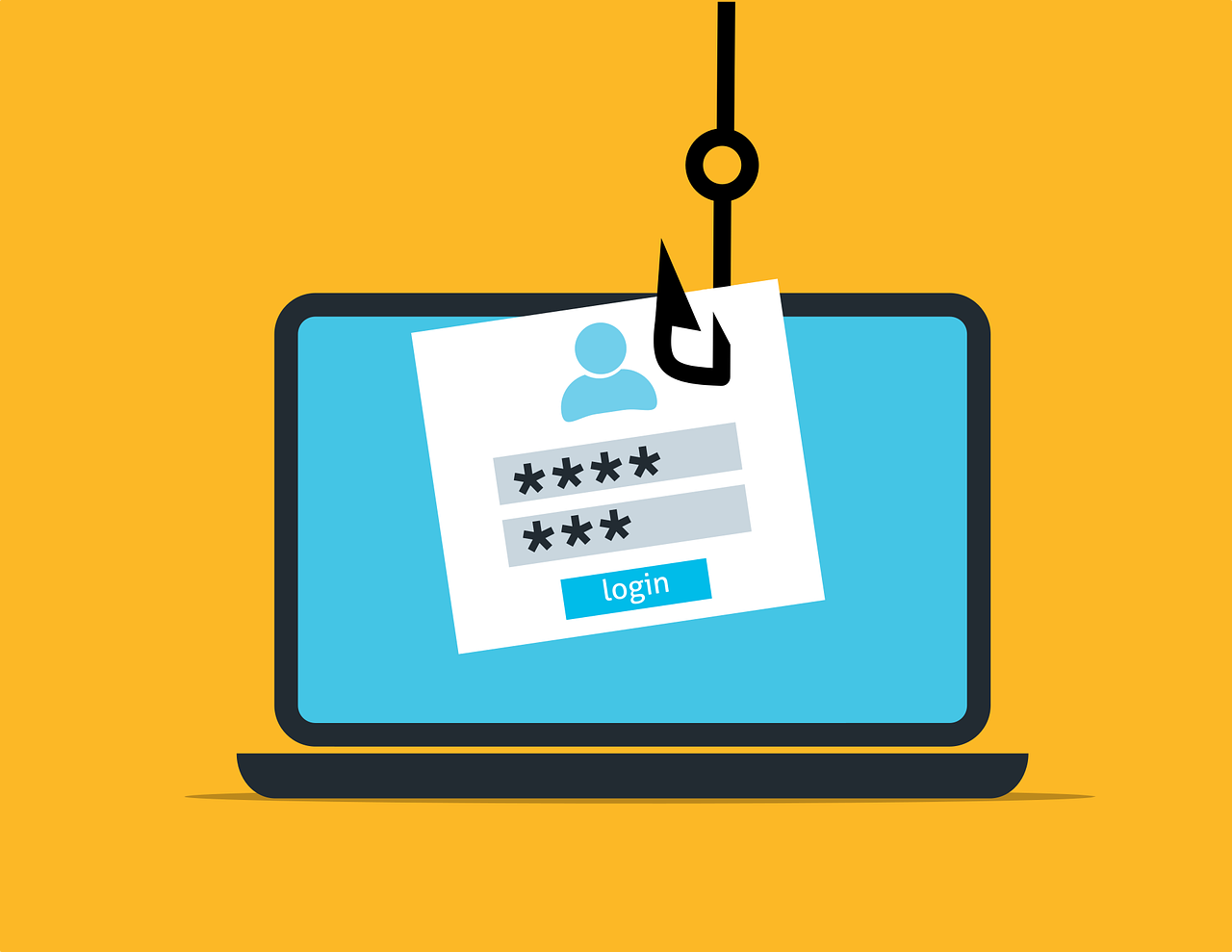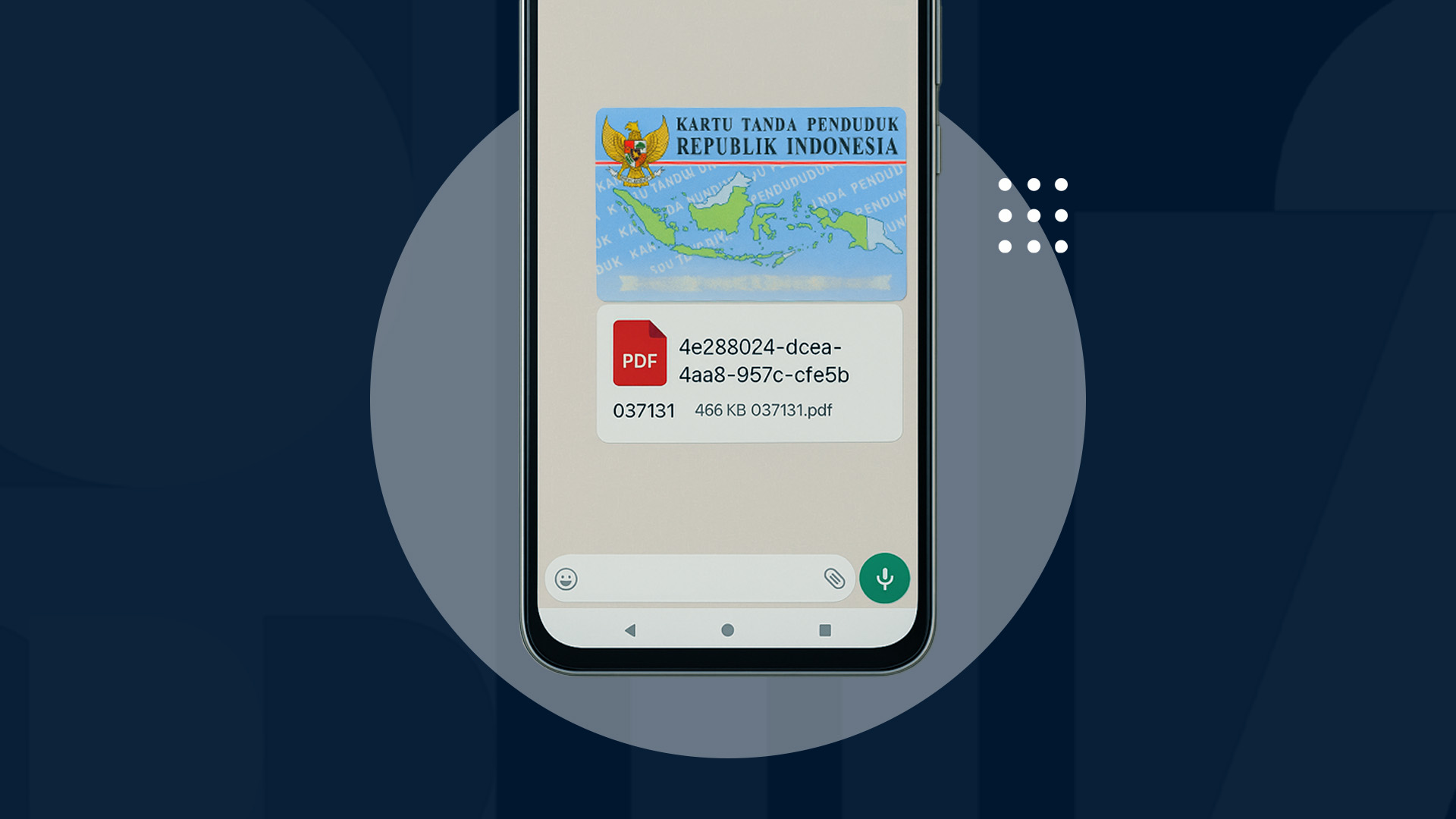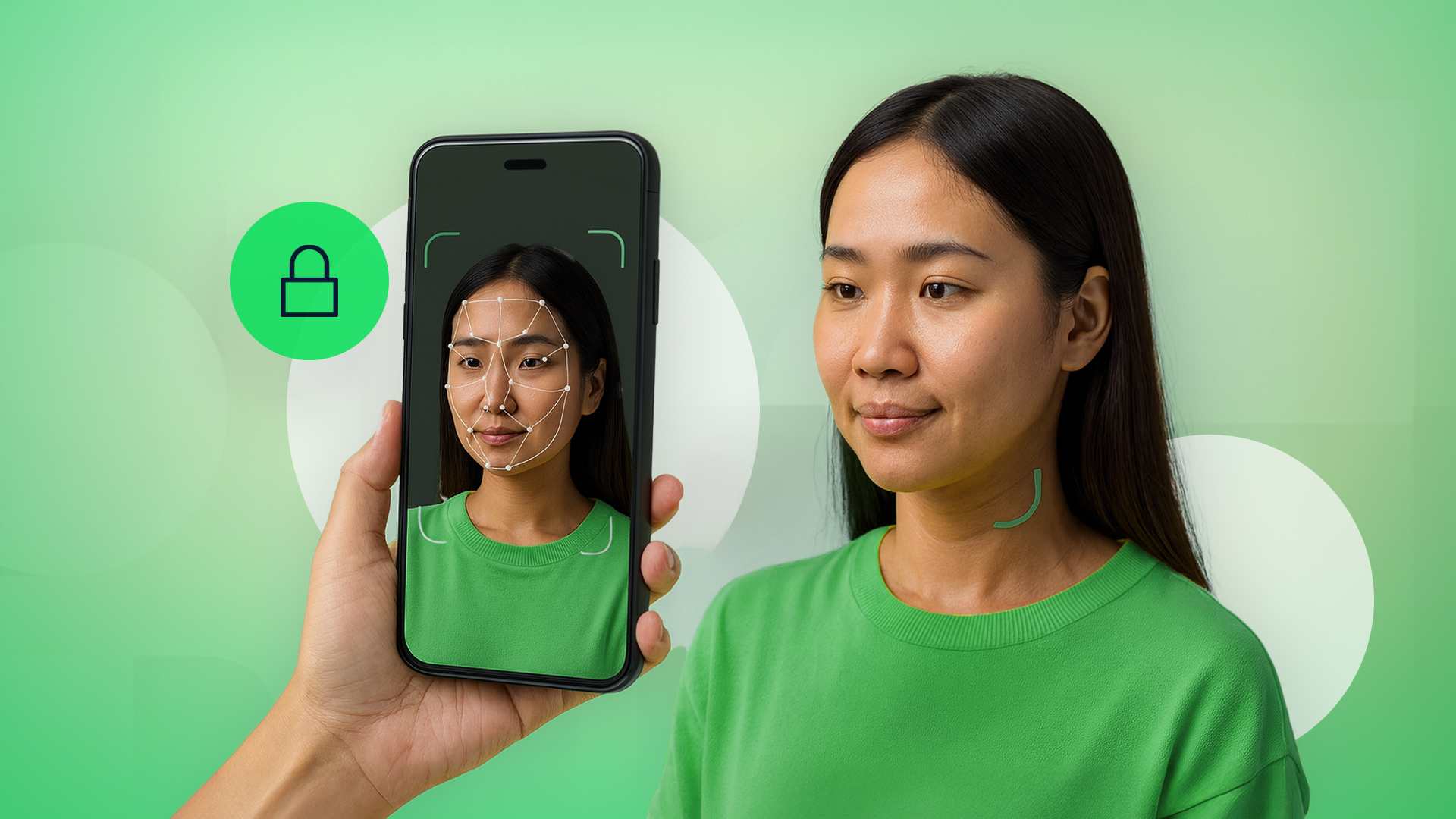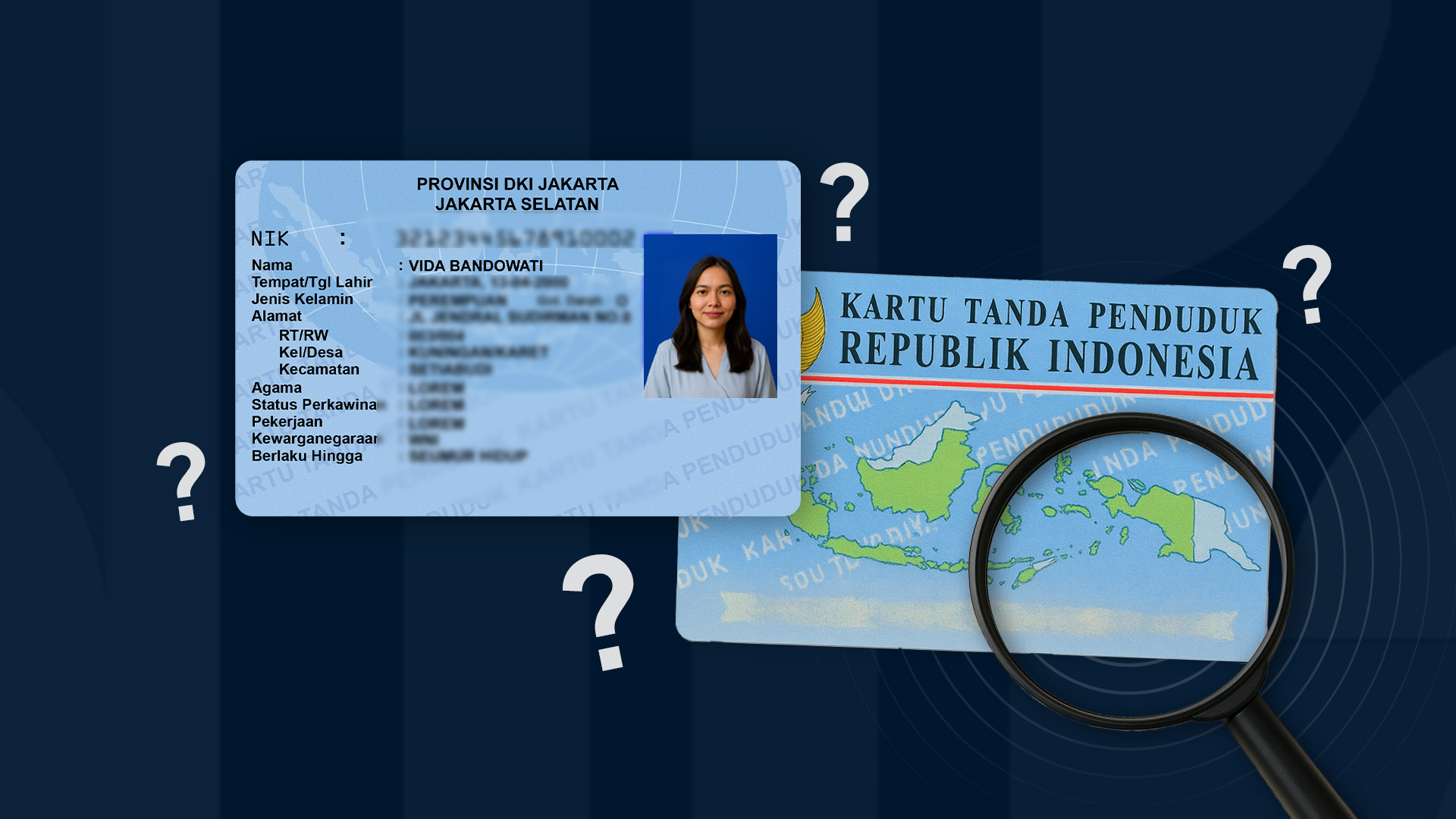Have you ever received an urgent or threatening SMS or WhatsApp message claiming you won a prize? Hold on don’t believe it so easily. It might be a phishing attempt!
Phishing is more than just spam or random messages. It’s one of the most damaging cybercrimes in today’s digital world. The method is simple: attackers send fake but convincing messages to trick victims into giving up sensitive information like passwords, OTPs, or ATM card numbers.
That’s why understanding how to prevent phishing is a crucial skill every internet user must have especially as these scams get more convincing by the day. Let’s explore the best ways to protect your personal data and avoid financial loss.
Best Ways to Prevent Phishing
There are multiple levels to phishing prevention from being aware, to acting fast when you’ve already clicked a suspicious link. Here are key strategies:
1. Never Click on Random Links
The first rule in avoiding phishing is to stop clicking carelessly. When you receive an email, SMS, or WhatsApp message especially one claiming to be from a bank, marketplace, or government, check its authenticity. Does the sender’s address look official? Is the link shortened or suspicious?
If unsure, contact the organization’s official customer service. Especially if the message sounds odd or too urgent.
2. Beware of Fake Login Pages
A common phishing trick is redirecting you to a fake login page. It might look identical to a legitimate site, but the URL is slightly different. When you enter your username and password, the data goes straight to the attacker.
These fake pages are often hidden behind ads, WhatsApp messages, or articles offering “prizes” or huge discounts.
The best prevention here: always type the website address manually into your browser. Don’t use links sent by others.
3. Never Download Apps from Random Sources
Many phishing attacks start with seemingly harmless apps. Attackers pose as bank agents, customer service reps, or couriers, asking you to download an app to “track a package,” “fill out a refund form,” or “activate a promo.”
These apps often contain malware that can steal everything from your contacts and SMS to banking info. Some can even record your screen or log your keystrokes without your knowledge.
Simple rule: only download apps from official app stores like Google Play or the App Store.
4. Enable Two-Factor Authentication (2FA)
2FA adds an extra layer of security beyond your password. You’ll need to input a verification code (usually sent via SMS or an authenticator app) when logging in.
Although OTP-based 2FA can still be intercepted via SIM swaps, it’s still better than relying on just a password.
5. Keep Your Device and Apps Updated
Phishing often exploits known vulnerabilities. Keeping your OS, browser, and apps up-to-date is a simple yet powerful way to stay safe.
6. Switch from Passwords to Passkeys
One of the most effective anti-phishing strategies? Stop using passwords altogether.
Yes, really.
Passwords and OTPs are phishing magnets. That’s why tech giants like Meta (Facebook, Instagram) are switching to Passkeys.
Instead of typing a password, Passkeys rely on biometrics (like your face or fingerprint) and device-based authentication. That means attackers can’t steal your credentials—even if they trick you.
7. Educate Yourself and Those Around You
Tech alone isn’t enough, digital literacy matters. Teach your parents, siblings, friends, and coworkers how to spot phishing and what to do. Sharing stories helps others stay alert.
Meet the Anti-Phishing Authentication from VIDA
As mentioned earlier, Passkeys are a key way to fight phishing. But what does a secure login experience actually look like? Here are two technologies from VIDA that redefine secure access:
1. VIDA PhoneToken
This is a device-based authentication system that links your digital account to your phone via cryptography. Even if someone gets your OTP or password, they can’t log in unless they’re using your verified device.
Example: When logging into a finance app, the system checks if it’s your registered phone. If not—access is denied.
2. VIDA FaceToken
A facial authentication system with liveness detection. It might look like a simple selfie, but it verifies that you're a live human being—blinking, moving, and definitely not a video or deepfake.
Only you, the real human, can access your account. Not a bot. Not a spoof.
Combining PhoneToken and FaceToken ensures your account is protected against phishing, fraud, and unauthorized access, since login is only possible through your verified device and real-time face.
Phishing isn’t going away—it’s getting smarter. That’s why prevention isn’t just about avoiding sketchy links. It’s about changing how you log in altogether.
Start by securing your digital identity with your own face because no one else can be you.

.png)


